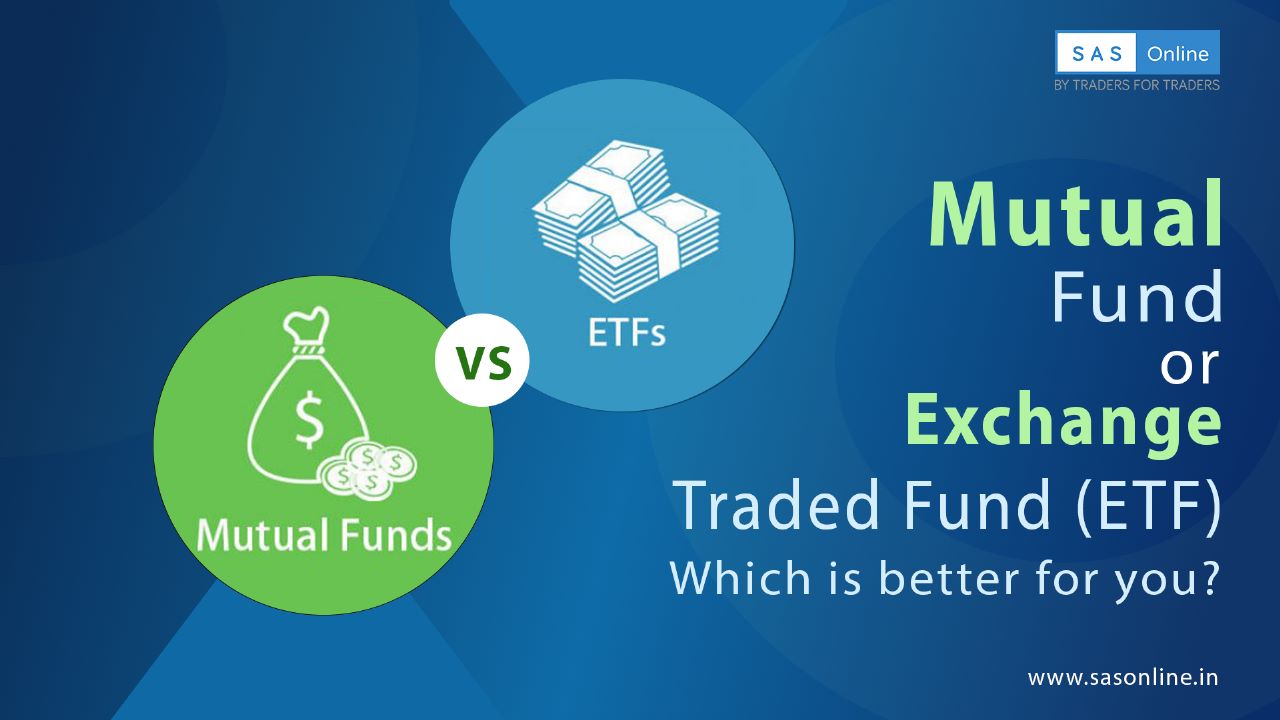Latest news & updates from us

ETFs (exchange-traded funds) AND Mutual Funds (MFs) are increasingly popular mode of investments for many reasons.
Let’s Discuss Similarity, Differences and which product holds the edge -
Similarity -
Structure - Biggest similarity: both represent managed "baskets" or "pools" of individual securities, for example stocks or bonds.
Exposure opportunity - ETFs (exchange-traded funds) and mutual funds both offer exposure to a wide variety of asset classes and niche markets.
They generally provide more diversification than a single stock or bond, and they can be used to create a diversified portfolio.
Differences wrt Edge on ETF -
Expense Ratio
Expense ratio indicates how much of your investment in a fund will be deducted as fees
This is the biggest difference between ETF AND MF
Mutual Funds are considered much more expensive when compared with ETFs
Expense Ratio of actively managed mutual fund is approximately 1% - 2.5%
Expense ratio of ETFs ranges between 0.01% to 0.03% which is 10 times less than mutual funds
For more information watch this Video - Exchange Traded Fund (ETF) or Mutual Fund - Which is better for you? | SAS Online
How to trade in ETF stocks?
To trade in an ETF, you need to open a Trading And Demat Account with a trusted broker like SAS Online.
Happy Trading with SAS Online - BY TRADERS FOR TRADERS
Unlock Stocko's Video Vault: Podcasts, Analysis & Tips Inside!
11 October 2024
Stocko New Features Alert! Coming soon!
26 September 2024
SAS Online is Now Stocko !
21 September 2024

Simply fill the details, connect your bank account & upload your documents.
Open An AccountYou will be redirected in a few seconds.
Kristopher Rash
kaufen
Delores Riddle
سهل ومربح! أنصح به الآن! أنا أحب هذا المنصة!
اللعب على 1xbet Egypt Online Betting توفر إثارة حقيقية!
Jeanne Cockerill
السحب فوري دائماً! Apostas em
futebol